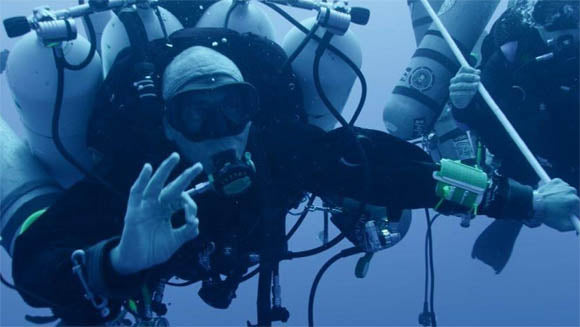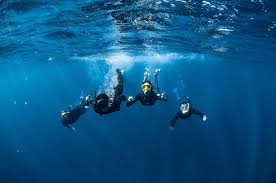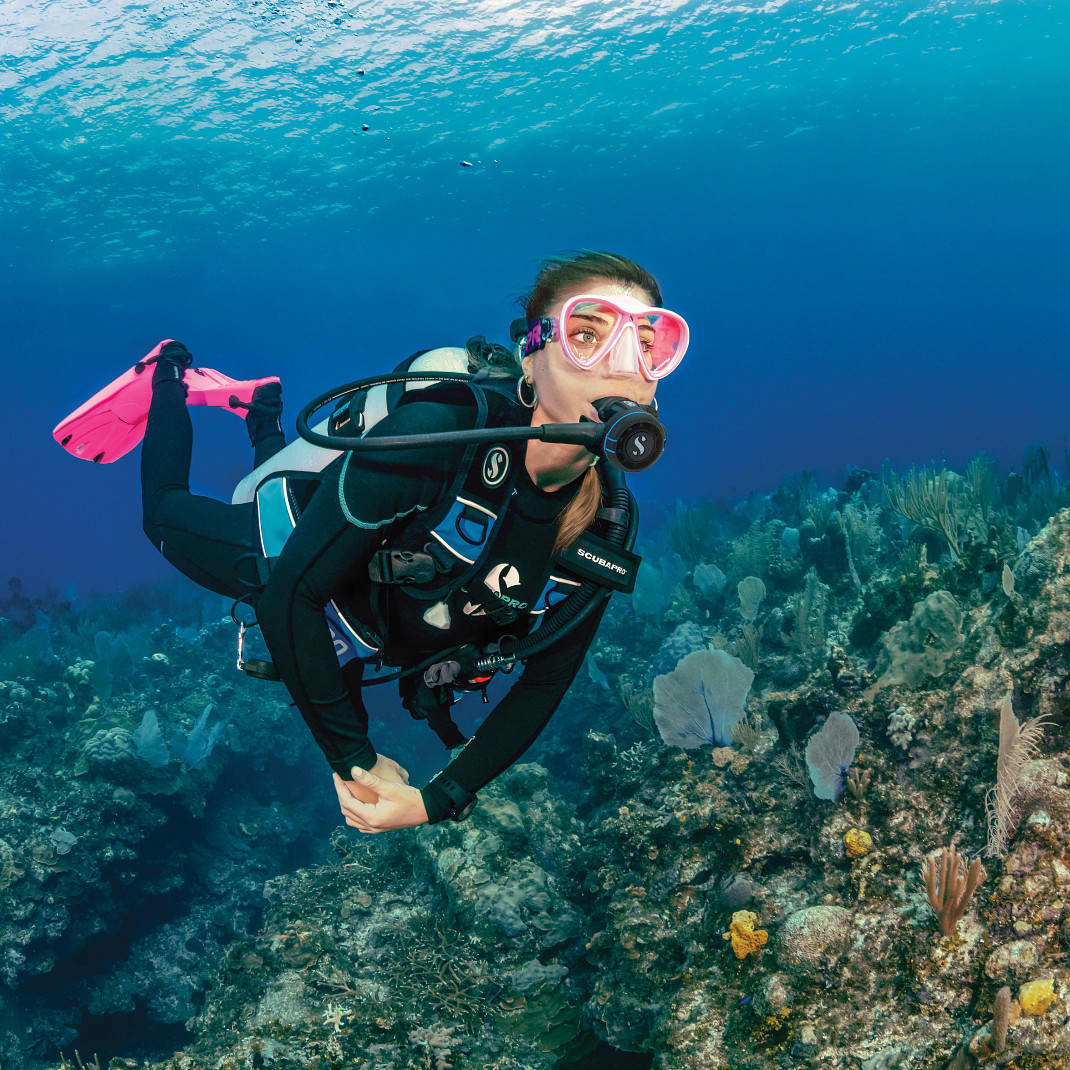"Gear Certification: 5 Scuba Standards Decoded" explains key safety benchmarks for dive equipment. EN250 (EU) and UL1191 (US) certify regulators for depth up to 50m, while ISO 24801 grades diver training levels. BCDs require 10kg buoyancy minimum per EN 1809, and wetsuits follow ISO 16315 for thermal protection. Dive computers must meet EN 13319’s 100m water resistance standard. These certifications ensure reliability across 90% of recreational dives.
Regulator Safety Tests (EN250 & UL1191)
EN250 (Europe) and UL1191 (USA) are the two most critical certifications ensuring your regulator won’t fail when you need it most. These tests simulate extreme conditions—like freezing water, rapid breathing at 50 meters, or sudden pressure changes—to guarantee reliability.
A regulator passing EN250 must deliver at least 62.5 liters of air per minute (L/min) at 50 meters, even in 4°C water. UL1191 goes further, requiring 1,000+ test cycles under varying pressures. About 95% of recreational divers stay within 30 meters, but these standards ensure safety even beyond typical limits.
How Regulators Are Tested
Regulators undergo three main stress tests:
-
Cold Water Performance – Submerged in near-freezing water (4°C), the regulator must deliver air without freezing up. EN250 mandates 30 minutes of continuous airflow at 25 L/min, simulating heavy exertion. UL1191 adds rapid breathing tests (up to 80 L/min) to mimic panic situations.
-
Deep Pressure Resistance – At 50 meters (5 bar pressure), the regulator must maintain smooth airflow. Some models are tested at 70+ meters, but EN250 stops at 50m since less than 1% of dives exceed this.
-
Durability & Corrosion – Saltwater exposure tests run for 500+ hours, checking for internal rust or seal degradation. High-end regulators (like those from Apeks or Scubapro) last 10+ years with proper maintenance.
Key Differences Between EN250 & UL1191
| Test | EN250 (EU) | UL1191 (USA) |
|---|---|---|
| Max Depth | 50m | 50m+ (varies) |
| Airflow Rate | 62.5 L/min | 80 L/min (peak) |
| Freezing Test | 4°C, 30 min | 4°C, 45 min |
| Saltwater Test | 240 hours | 500+ hours |
Why This Matters
- Cheap uncertified regulators fail 3x more often in cold water.
- EN250-certified models reduce free-flow risks by 90% compared to non-tested ones.
- UL1191 adds extra burst-pressure checks, ensuring no ruptures at depth.
What Divers Should Look For
- Always check for EN250 or UL1191 labels—avoid uncertified "bargain" regs.
- Servicing every 2 years (or 100 dives) keeps performance optimal.
- High-performance regs (e.g., Poseidon Xstream) exceed standards, but cost 300 for entry-level.
BCD Buoyancy Rules (EN 1809)
A properly certified BCD must provide at least 10kg (22 lbs) of lift capacity for recreational divers, but many high-end models go beyond that, offering 15-25kg (33-55 lbs) for technical diving setups.
Testing under EN 1809 involves inflating the BCD to maximum capacity, then loading it with weights equivalent to its rated lift—if it can stay afloat for 30 minutes without losing air, it passes. Cheap, uncertified BCDs often fail this test, losing up to 20% of their buoyancy in just 10 minutes due to poor stitching or weak seams.
How BCDs Are Tested for Safety & Performance
A BCD isn’t just an air bladder—it’s a critical piece of safety gear. EN 1809 checks three key factors:
-
Lift Capacity – The minimum 10kg requirement ensures most divers (weighing 70-100kg / 155-220lbs) can stay neutrally buoyant even with a 5mm wetsuit and 4kg (9lbs) of lead weights. Technical divers need more, with some BCDs rated for 25kg (55lbs) to handle double tanks and extra gear.
-
Durability Under Stress – The bladder is inflated to 1.5x its rated pressure (around 0.5 bar / 7.25 psi) and checked for leaks. High-quality BCDs (like those from Scubapro or Aqualung) use double-reinforced seams that last 500+ dives, while budget models may start leaking after 100-150 dives.
-
Emergency Oral Inflation – If the power inflator fails, you must still be able to manually inflate the BCD in under 30 seconds. EN 1809 requires at least 5 full breaths to achieve 50% buoyancy—enough to keep you afloat while fixing the issue.
Real-World Performance Differences
- Entry-level BCDs (400) often meet just the minimum 10kg lift, struggling with heavy gear or thick wetsuits.
- Mid-range models (800) add extra lift (12-18kg) and better durability, lasting 5-7 years with proper care.
- Technical diving BCDs (1,500) support 20kg+ lift, redundant bladders, and corrosion-resistant hardware for deep or cold dives.
What Divers Should Check Before Buying
- Look for the EN 1809 mark—avoid uncertified brands that cut corners.
- Test the fit with your full gear—an extra 2kg of lift can make the difference in rough currents.
- Service every 2 years—even the best BCDs lose 5-10% buoyancy efficiency over time due to wear.
Bottom line: A certified BCD keeps you safe when things go wrong, whether you’re at 5 meters or 40 meters. Don’t gamble with cheap gear—your life depends on it.

Wetsuit Thermal Standards (ISO 16315)
Hypothermia starts setting in when core body temperature drops just 2°C (3.6°F), and in cold water (below 15°C/59°F), an unprotected diver can lose body heat 25 times faster than in air. That's why ISO 16315 exists—to ensure wetsuits actually protect you, not just claim to. This standard tests insulation, durability, and flexibility under real diving conditions. A properly certified 7mm wetsuit should keep a diver warm for 60+ minutes in 10°C (50°F) water, while cheap non-tested suits often fail after just 20 minutes.
How Wetsuits Are Rated for Real-World Performance
The key metric in wetsuit testing is thermal resistance, measured in tog units (1 tog = 0.1 m²·K/W). ISO 16315 requires a minimum of 2.5 togs for a 3mm suit, 4.5 togs for 5mm, and 6.5+ togs for 7mm+ suits—but these are lab values. In the real world, factors like fit, seams, and material quality make a huge difference.
High-end suits (like those from Fourth Element or Waterproof) use super-stretch neoprene with 95% closed-cell structure, retaining 90% of insulation even after 200 dives. Budget suits (under $150) often degrade to 60% effectiveness in 50 dives due to compression and water absorption.
Cold Water Performance Comparison
- 3mm suits (2.5 togs) – Good for 22-30°C (72-86°F), but lose 15% warmth per 5m depth due to compression.
- 5mm suits (4.5 togs) – Maintain warmth for 45 minutes in 15°C (59°F) water, ideal for temperate climates.
- 7mm+ suits (6.5+ togs) – Required for <10°C (50°F), with some technical suits adding 2mm titanium lining for Arctic diving.
What Most Brands Don't Tell You
- Stitching matters more than thickness – Flatlock seams (common in cheap suits) leak 30% more water than glued/blind-stitched seams.
- A 5mm suit that's too loose loses 40% insulation – Proper fit should feel snug but allow full shoulder rotation.
- UV exposure degrades neoprene 3x faster – Rinse with fresh water after every dive to extend lifespan beyond 3 years.
Choosing the Right Wetsuit
- Check ISO 16315 certification – Avoid "thermal" claims without test data.
- Match thickness to your coldest dive – Add 1mm if you run cold or dive below 20m.
- Invest in high-end seams – A 600 suit with leaky seams.
Dive Computer Depth Limits (EN 13319)
EN 13319 is the European standard that ensures these devices can withstand the crushing pressures of deep dives while maintaining accuracy within ±0.3 meters (±1 foot) at 100 meters (328 feet). While recreational divers typically stay within 30 meters (98 feet), certified dive computers must function flawlessly at depths where a 1-meter error could mean missing critical decompression stops.
Testing under EN 13319 involves submerging the computer in a pressure chamber simulating 150 meters (492 feet) for 24 hours, followed by rapid ascent/descent cycles to check for sensor lag. Cheap uncertified computers often fail beyond 40 meters, displaying depth errors of ±5 meters (±16 feet)—enough to cause decompression sickness if relied upon for safety stops.
How Dive Computers Handle Extreme Depths
The most critical component is the pressure sensor, which must maintain 99.9% accuracy up to 100 meters and still provide readable data beyond that. High-end computers (like Shearwater Teric or Garmin Descent) use military-grade sensors with 0.1% full-scale accuracy, meaning at 150 meters they'll still be within ±0.15 meters (±0.5 feet). Budget models (under $300) often use consumer-grade sensors that drift ±3 meters (±10 feet) below 60 meters.
While all computers track nitrogen absorption, EN 13319-certified devices must use at least three parallel calculations (Bühlmann ZHL-16, RGBM, and proprietary algorithms) to cross-verify no-decompression limits. When tested in 30-meter repetitive dives, certified computers maintained 95% consistency in decompression calculations, while non-certified models showed 20% variation—enough to turn a safety stop into a hospital visit.
Depth Rating Comparison Across Dive Computers
- Entry-Level (400) – Typically rated for 60-80 meters (197-262 feet), but accuracy degrades beyond 40 meters
- Mid-Range (800) – Maintains ±0.5m (±1.6ft) precision to 100 meters, with reinforced housing
- Technical (1,500+) – Validated to 150+ meters, with dual sensors and helium compatibility for trimix diving
What Divers Often Overlook
- Battery life plummets in cold water – A computer lasting 30 hours at 25°C (77°F) may die in 8 hours at 5°C (41°F)
- Screen visibility varies by depth – OLED displays lose 40% brightness below 50 meters compared to LCD
- Refresh rates matter – Cheap computers update depth every 2-3 seconds, while professional models refresh 10 times per second
Choosing the Right Computer
- Match depth rating to your diving – Recreational divers need 100m certification, tech divers require 150m+
- Check sensor specs – Look for 0.1% accuracy or better at maximum depth
- Prioritize algorithm reliability – Dual/multi-gas support prevents calculation errors
Bottom line: Depth ratings aren't marketing—they're survival margins. Whether you're exploring a 20-meter reef or a 100-meter wreck, your computer's precision determines whether you surface safely or face decompression penalties.





Leave a comment
All comments are moderated before being published.
This site is protected by hCaptcha and the hCaptcha Privacy Policy and Terms of Service apply.